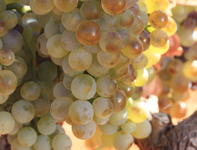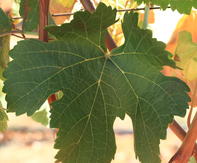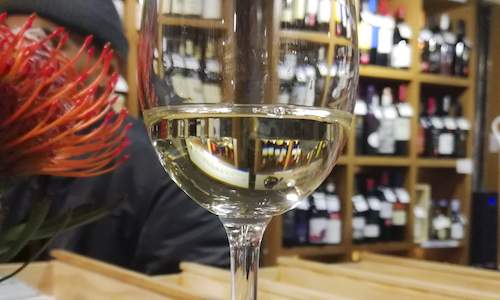Description
Cape Riesling is an old white grape cultivar originating in France, but it is mostly planted in Australia and South Africa. It is planted in South Africa as Crouchen Blanc due to confusion with its name with the German variety Rhine Riesling.Origins
FranceOther Names
There are 25 synonyms for Cape Riesling, but it is also known as Crouchen Blanc, Cruchen, Kaapse Riesling and Paarl Riesling. Not to be confused with the German cultivar Weisser Riesling (also known as Rhine Riesling) the name of Crouchen Blanc is preferred in South Africa.Production in South Africa
Planting in South Africa was encouraged from 1926 due to the variety’s high yields. Some 270 ha in South Africa are still planted with Crouchen Blanc, but 35ha were uprooted in 2016. Most plantings are in the Breedekloof (110ha) and Paarl areas (79ha) with notable producers such as Theuniskraal (Tulbagh) and Van Loveren (Robertson). The oldest vines still in production were planted in 1962 on the farm Uitsig.Growth and Ripening
Crouchen Blanc is a light bearer (which means that the vines do not produce a lot of grape bunches) (10 -15t/ha) but vigorous grower that does well with trellising. It grows well on medium soils in cooler regions. The average harvesting sugar content on harvesting ranges from 20 - 22° Balling. A mid-season grape, Crouchen Blanc is harvested around the beginning of March, about 10 days after Chenin Blanc.
Leaves and Berries
The leaves are medium, five-lobed with long hairs on the main veins. Crouchen Blanc have small round berries that are sensitive to sunburn. Bunches are small and compact.


 Riesling is an aromatic variety, that finds its best expressions from the Rhine Valley, in Germany, and Alsace in France. Wine made from thi...
Riesling is an aromatic variety, that finds its best expressions from the Rhine Valley, in Germany, and Alsace in France. Wine made from thi...